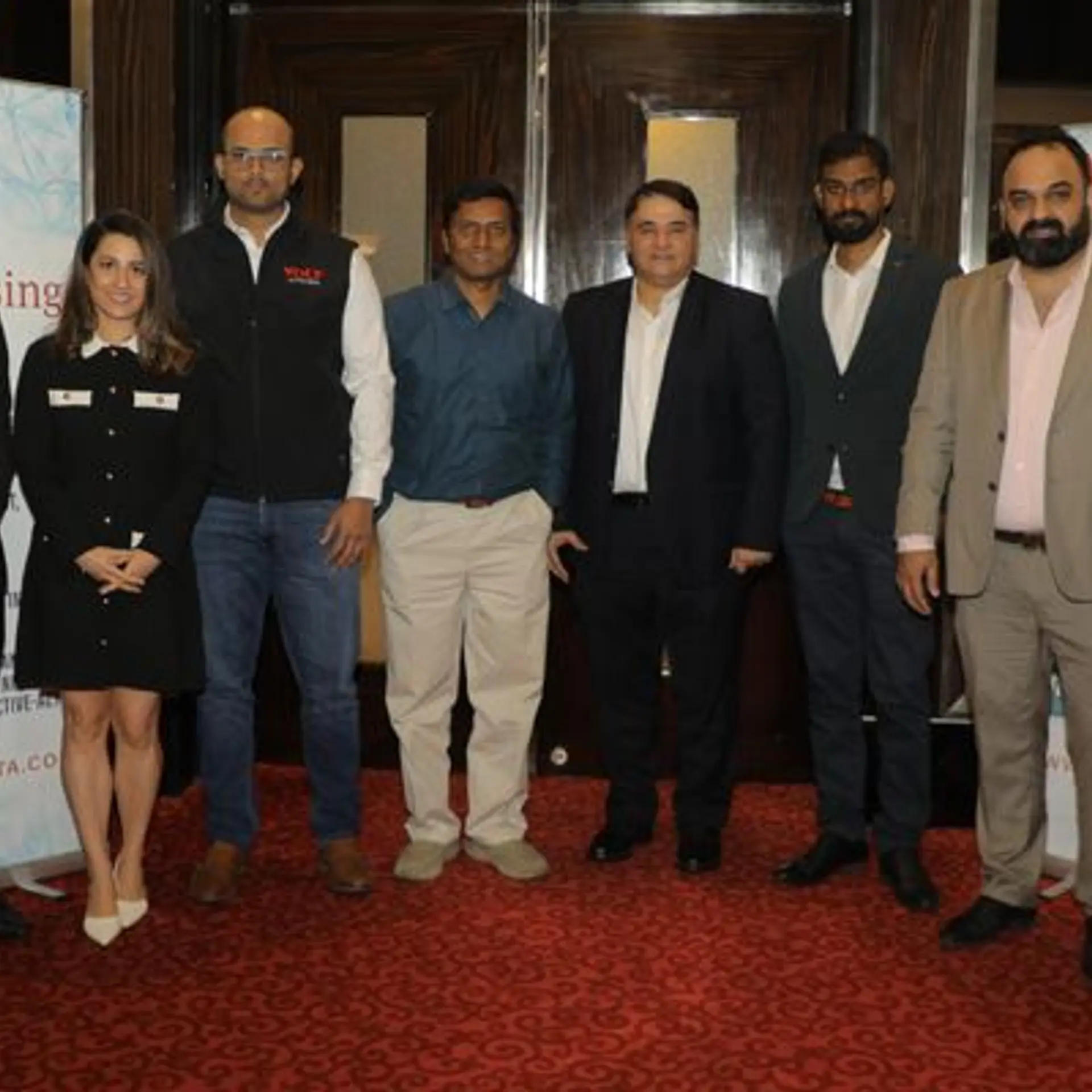BlueStone founder Gaurav Singh Kushwaha on making the offline shift as a D2C brand
In this episode of Prime Venture Partners Podcast, Gaurav Singh Kushwaha, Founder and CEO of BlueStone, speaks about finding the balance between offline and online, and optimal ways of looking at reason to buy (RTBs).
Gaurav Singh Kushwaha, the Co-founder and CEO of , an omni-channel jewellery seller, was working for Amazon.com when he got the idea to start his first company, Chakpak, in 2006.
Chakpak was a movie review space for people to engage and debate with each other, and within three years, it became one of the top 50 websites in the country. Kushwaha later started BlueStone in 2011 along with Vidya Nataraj.
"One of the most important things that I look at in any category is that there are lots of categories where you can easily enter, but if life is not becoming harder for the next person entering into the same category, then you are not actually truly building a differentiation. It might become big, but when four more people enter, you'll just become one-fifth of whatever you were. I looked at many of these aspects in the category, and hence chose BlueStone," Kushwaha says.
Forging into offline and a D2C perspective to it
The shift to online happened gradually over categories. The low-value, tangible products made the shift easily, and even the not-so-tangible products, like clothes, shoes, etc., but tangible products soon followed suit. But the high value and highly tangible products like jewellery, cars, etc., are yet to completely leverage the online space alone.
But when the online space works along with an offline presence, that is where things start to change, especially for a D2C brand.
Though for many categories, say low ticket size brands, forging into offline might not be required. It all depends on the spectrum a brand falls in. In many cases like MakeMyTrip or Shaadi.com, being largely online and having offline touchpoints work as well.
"In our case, what was happening was the same person, the same transaction is actually flowing through both online and offline. Now our category is very, very particular, and what is true for us is also true for a lot of high-value categories," Kushwaha explains.
Wherever there's omnichannel behaviour, you yourself will need to kind of make sure that the offline leg of it is also covered. And in D2C, most of the players need to take care of the offline part by themselves.
Apart from all this, the exact time period of going offline should usually come after the product has significantly changed from the initially set first version.
"The first round of scale up should only happen online. Offline should not even cross your mind. And once this is done, then you speak more with your consumers, figure out what kind of a role, how can you even expand your offerings and what kind of a role can offline potentially play there," he says.
Best practices around RTBs
For young entrepreneurs, the most optimal way of finding reason to buy (RTBs) is going through things first-hand. While getting your hands on the right resources to work and read makes it easier.
"I think what also happens is as you actually execute a lot of these things, you understand how A/B tests are done, you understand how multi-variant testing is done. Once you've done that, then I think you generally become more scientific, more in your approach in general. It would be very important for anyone who is starting afresh to go through these resources," Kushwaha says.
When getting to practices, defining metrics before testing will help keep biases at bay. And the best way to try and test out things is through A/B testing. It will easily help remove biases when you ask the right questions even after doing A/B testing.
"Where exactly and what exactly to measure is very, very important. To define that before running the experiment is very important. Otherwise, the biases would get in," he says.
Lessons learnt
When it came to offline rollout, Kushwaha wishes that it could have happened sooner if it hadn't been for aggressive hiring or stretching out the marketing budget, teams, etc. by merely relying on potential online outcomes.
You can listen to the full episode here
Time Stamps
03:00 - When Starting Up: Defensibility & Differentiation
11:00 - Online is Much More Than a Sales Channel
20:00 - First Click, Last Click: Building the Right Attribution Models
30:00 - Don’t Let Your Biases Define Your Metrics
35:45 - CAC/LTV Fallacy: VCs & Entrepreneurs
Edited by Megha Reddy







